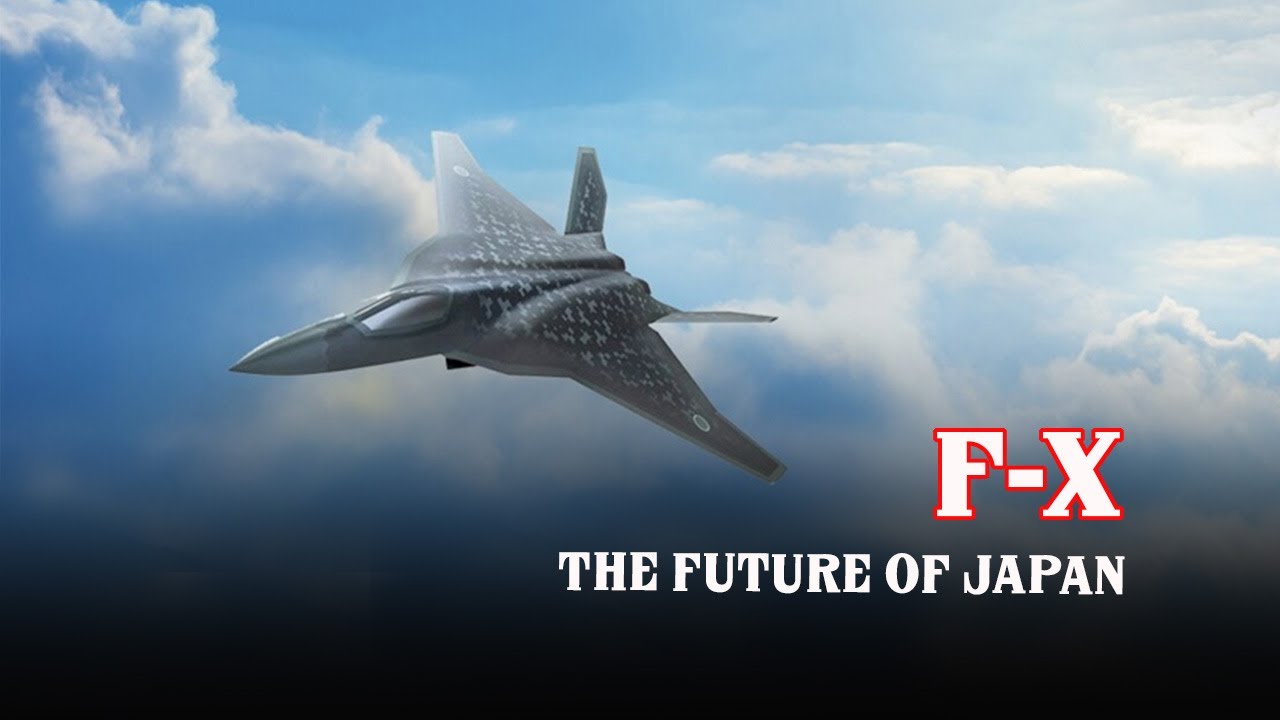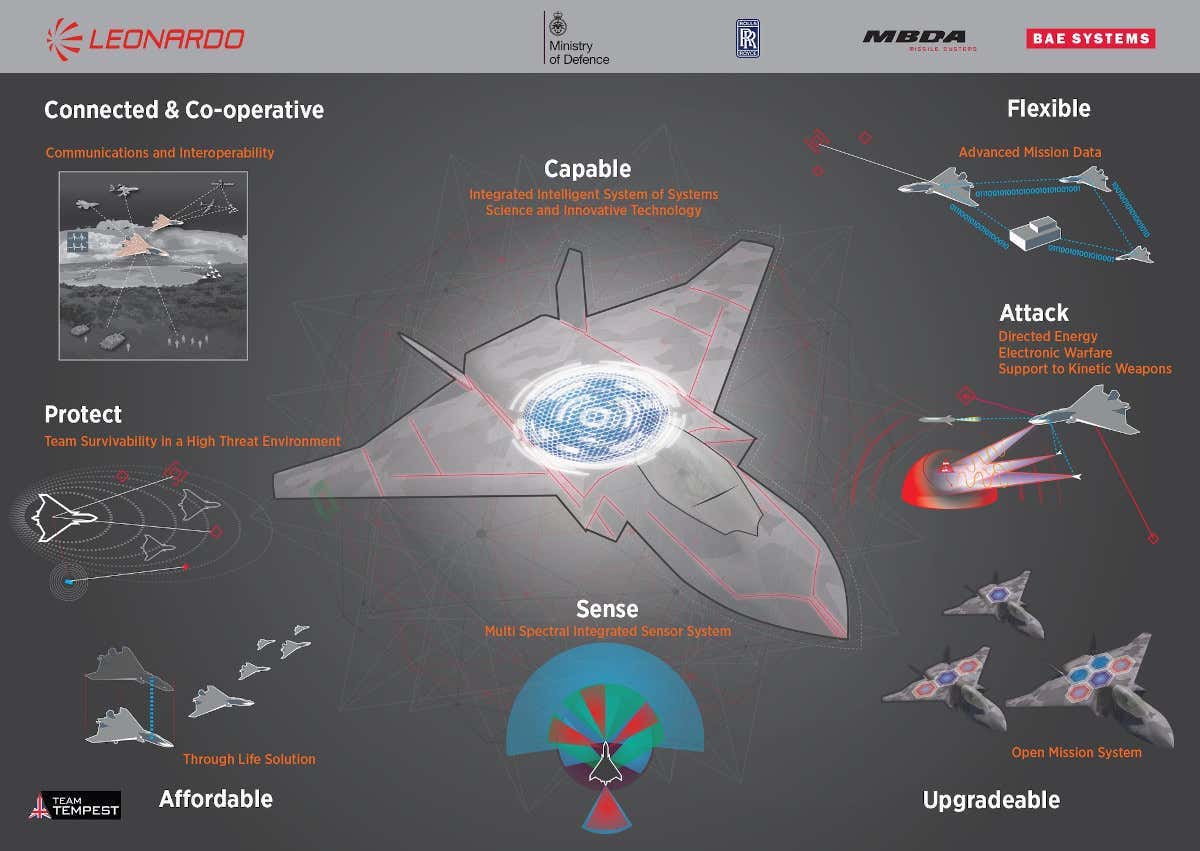As Japan accelerates the development of next-generation fighter jets, it appears to have piqued Italy’s interest in joining the program.
On Tuesday, during his visit to Tokyo, Italy’s defense minister and his Japanese counterpart agreed to increase military cooperation as Japan deepens security ties with Europe in the wake of Russia’s invasion of Ukraine and its implications for Asia.
While announcing the possibility of expanding joint military drills and developing defense technology, Japanese Defense Minister Nobuo Kishi said that Italian Defense Minister Lorenzo Guerini showed interest to participate in the development of Japan’s F-X next-generation fighter jet, without going into detail, Japan’s local media reported.
Italy is already a participant in the UK-led Future Combat Air System (FCAS) called ‘The Tempest.’ It was announced last year that Italy, the United Kingdom, and Sweden had signed a Memorandum of Understanding on the development of Tempest.
Though Sweden’s principal interest is in the so-called “adjuncts” currently designed to work alongside manned fighters, such as unmanned assets like loyal wingmen and numerous other kinds of drones in development.
Japan is cooperating with the UK on many fronts to develop the technologies and subsystems for its indigenous fighter jet. Previously, Japan has also been reported to be a part of the UK-led Future Combat Air System (FCAS). It did, however, decide to develop an indigenous stealth fighter plane from the scratch.

Separately, both ministers also pledged to reject any unilateral attempt to change the status quo through force, as well as any action that could exacerbate tensions in the Indo-Pacific region, presumably referring to China’s increasing maritime aggression in the region.
The two ministers agreed that Russia’s invasion of Ukraine is “absolutely impermissible” and affects the world order, not only in Europe but also in Asia.
“We agreed on the importance for countries that share fundamental values, such as Japan and Italy, to stick together and act resolutely,” Kishi said.
Cooperation Between Japan’s F-X and Anglo-Italian Tempest
In Dec 2020, Lockheed Martin was named Japan’s “primary partner for technical assistance” for the F-X program, offering integration support to prime contractor Mitsubishi Heavy Industries (MHI). The participation of Lockheed Martin is focused on data link communication with US equipment, which is critical for ensuring bilateral interoperability.

According to reports, Lockheed will also help develop a more maneuverable airframe design, low-observable features, and radar-absorbent materials, as well as an integrated radar and missile system.
Meanwhile, Japan has also increased its participation with the UK and collaborated in several projects which could be employed in both aircraft.
The UK’s program director, Air Commodore Johnny Moreton, was previously quoted as saying, “We’ve been in negotiation, conversations and some pilot projects. Nothing necessarily too complex at the moment. We’re doing a joint engine viability study with Japan at the moment, and that’s quite exciting.”
“They have an F-X program that has a very similar time frame to us, 2035. The threat is very similar to the one that we are anticipating, and in terms of an industrial nation they sit at the top table, as do we,” he added.
The Japanese Ministry of Defense (JMOD) has already pushed collaboration with the United Kingdom at the F-X subsystem level, with the aim of decreasing development costs and reducing technical risk. Many of the technologies are similar to those used in Europe’s ongoing Tempest sixth-generation fighter program.

Several cooperative programs with the British have begun. The F-X and Tempest programs in Japan are on nearly identical time frames, with both aiming for in-service dates in the mid-2030s.
In December 2021, Japan and the United Kingdom announced their decision to move forward with a joint engine demonstrator program. The effort would use complementary technologies developed by Rolls-Royce and IHI Corporation to manufacture an all-new, full-scale power and propulsion demonstrator.
The F-X aircraft’s propulsion, power, and thermal management systems will be powered by an advanced turbofan engine.
Following that, the Japanese government also declared that the UK will be involved not just in the engine but also in the building of “relatable parts of the aircraft. Furthermore, Japan’s Fumio Kishida administration confirmed earlier this year that Tokyo will continue to collaborate with the UK on a Joint New Air-to-Air Missile (JNAAM) in the fiscal year 2022.
In FY 2022, Japan’s Ministry of Defense (MoD) had allotted JPY350 million ($3 million) to cover costs related to air-launch tests of a JNAAM prototype, which will commence in April.
On February 15, the UK and Japan also agreed on sensor cooperation for both the Tempest and F-X future combat aircraft programs, strengthening their military-technology ties.
The two governments signed a Letter of Arrangement (LOA) to collaborate on the Japan and Great Britain Universal Advanced RF (JAGUAR) system, which is a universal radio-frequency (RF) sensor technology.
Given the amount of cooperation between the two programs, it wouldn’t be surprising if Italy and Japan collaborated on the design of subsystems or allied technology of the stealth aircraft.
- Contact the author at ashishmichel@gmail.com
- Follow EurAsian Times on Google News




